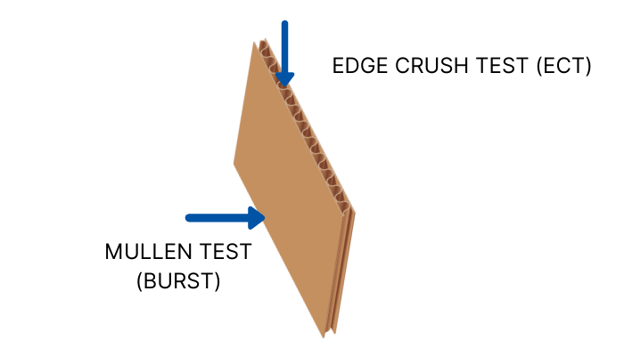M-Line Blog
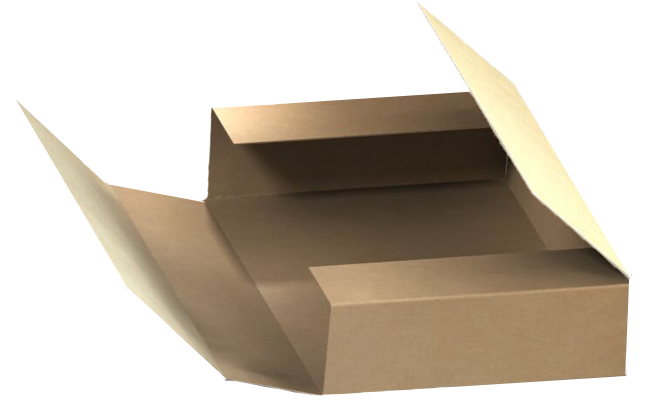
From A to Z: A Glossary of Packaging Terms for Beginners
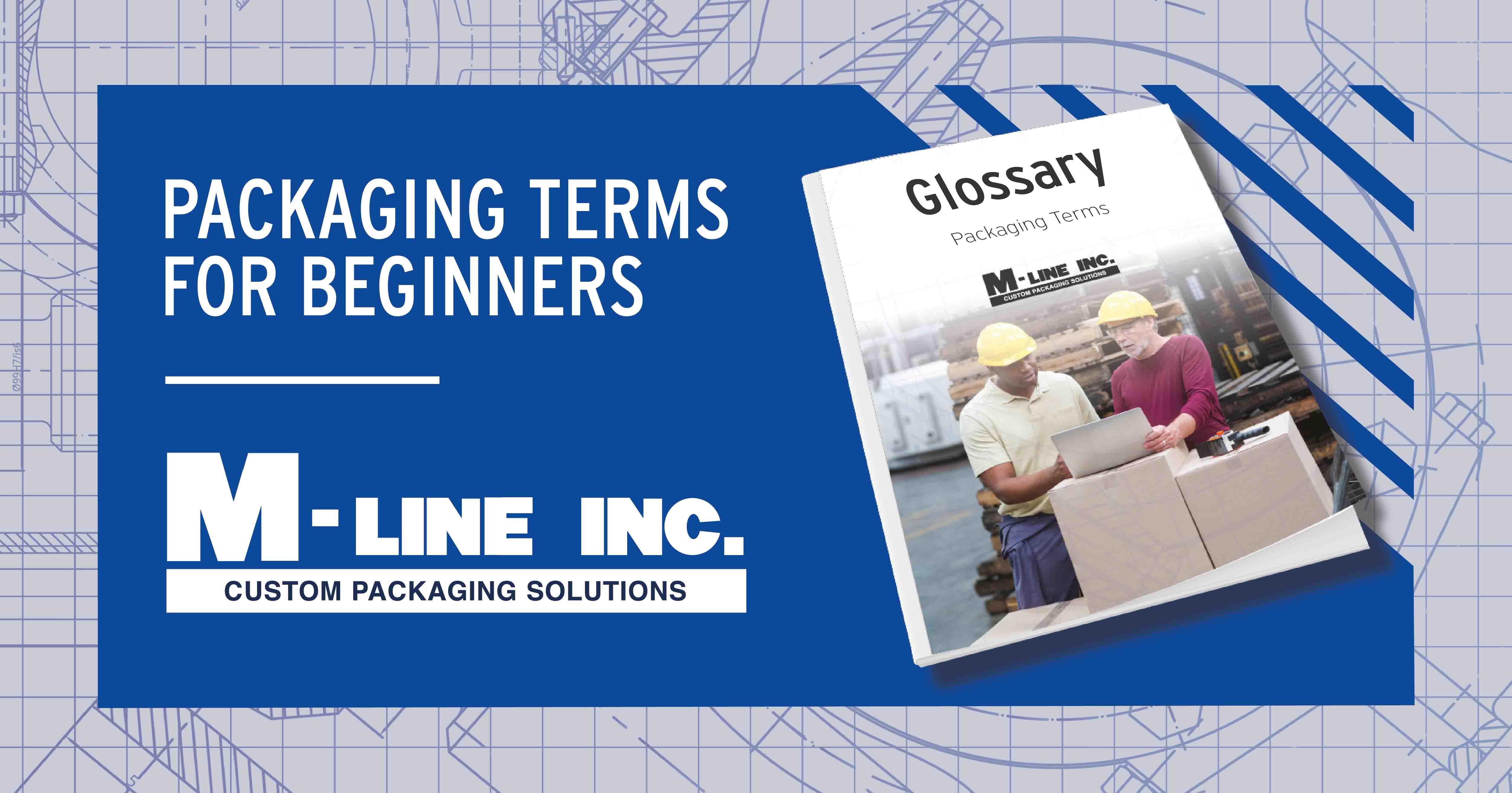
When you’re new to the packaging world, there are a lot of terms to learn. What’s EPS? Rotomolding? Cast or blown film?
We’ve put together a handy glossary of terms that you’ll most likely hear as you work with a professional packaging company. The benefit of knowing them is that you’ll be more knowledgeable about the process and be able to effectively communicate your needs to your packaging experts.
Sales and strategic accounts manager Tom Doherty put it this way: “Customers know they want a carton, but they don’t have the ability to tell you what that carton is - other than, ‘You know, like a carton from Amazon, where the flaps come together in the middle’."
Learning a few basic terms can help ensure you communicate effectively with your packaging representative and get the end result you want.
Packaging Terms to Know
Corrugated Cardboard Terms
RSC: Regular slotted carton. A box with four flaps on the bottom opening and four on top. This is often the type of box you receive from sellers like Amazon. Very common, and will require some type of assembly (taping, gluing or stapling.).
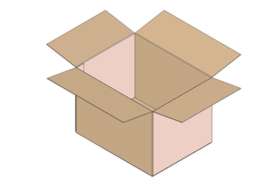
FOL: Full overlap carton. This type of box has flaps that extend the whole length and width of the carton for additional strength. Good for long, thin items that wouldn't fit well in an RSC.
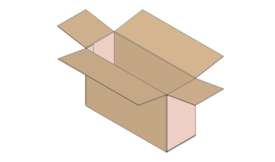
ECT: Edge crush test. A test that measures the strength of a piece of corrugated cardboard. A piece of cardboard is placed edge-side up and the amount of force needed to crush it is measured.
Mullen Testing: Another type of test for corrugated; this measures how much pressure it would take to burst through a piece of cardboard from the side. Also called burst testing.
Plastic Cases
Roto-molded: M-Line supplier SKB provided this description of roto-molded case creation:
The PE roto-mold material starts as a fine powder that is measured according to the size of the case. The material is then sealed up in a multi-piece aluminum mold and fixed on a biaxial rotating wheel. The material is heated at 800° in a very large oven while constantly rotating. The powder melts and coats the inside of the mold. After cooling, the cast is disassembled and the case is removed. Roto-molding is great for providing maximum protection.
Injection-molded: Cases are formed by injecting molten plastic into a heavy mold in the shape of the desired case of part. After cooling, the case is strong as well as lightweight.
Thermal-formed: Also known as vacuum-formed, this is how traditional plastic cases are formed. Sheets of plastic are heated and sealed around a mold within a vacuum. These cases are light and very durable
Foam
EPS: Expanded polystyrene. This rigid foam is good for blocking and bracing. However, it can be brittle and prone to breaking. It’s usually the least expensive type of foam.
PU: Polyurethane. This common, open-cell packaging foam is good for impact resistance. It also comes in a variety of colors for branding purposes.
PE: Polyethylene: A standard closed-cell foam that’s great for vibration dampening and impact resistance.
XLPE: Crosslinked polyethylene. This premium foam is water-resistant and great for protecting Class-A surfaces. It’s durable and reusable.
Watch us demonstrate the four types of packaging foam in this video >>
Stretch Film
Cast: This type of film is created by melting plastic and pressing it through a roller into a thin sheet. It is often less expensive than blown film but more prone to tears.
Blown: This film is the stronger of the two options. It’s formed by the melted plastic being extruded through a tube with air blown in the center - like a long bubble.
Printed Packaging
Spot color printing: A premixed color, often from a specific color system like Pantone, is applied to the substrate. This is best if you have just one color or your brand color is available in a specific color system.
Process printing: Also called CMYK printing, four colors (usually cyan, magenta, yellow and black) are applied to the page in varying concentrations to produce variations of thousands of colors. Process printing is best for matching specific custom colors.
Vector file: Often needed for printing logos, a vector file is a .ai or .eps file. It can be infinitely increased or decreased in size without a loss of quality. Other file formats, like a .png or .jpg, can lose quality when blown up or shrunk. It's what it sounds like - a high-quality file that's ready to be printed.
Print-ready file: It usually includes crop marks (showing the outer edges of the design) and bleeds (showing any colors or designs that will extend past the outer margins).
More Resources From M-Line
Sounds like a lot to learn? The good news is, an expert can help you make sense of all the terms and translate them into packaging that’s right for your business.
Browse our custom packaging solutions:
- Boxes
- Wood crates and pallets
- Foam packaging and inserts
- Plastic cases
- Plastic bags and film
- Custom-printed packaging
- Packaging supplies
This blog was originally published in December 2020. It has been updated in April 2022.

